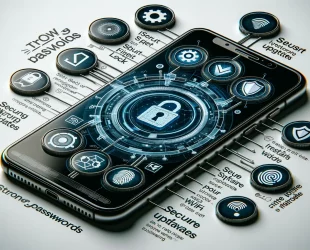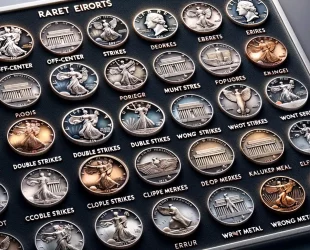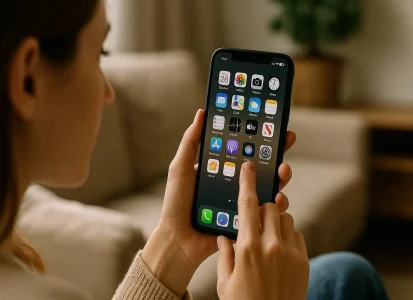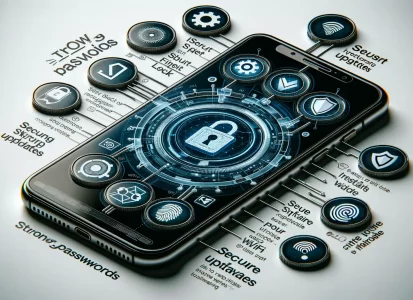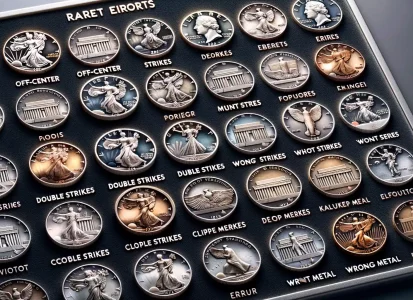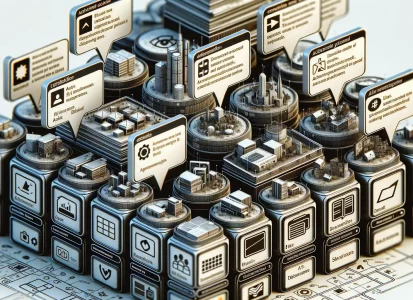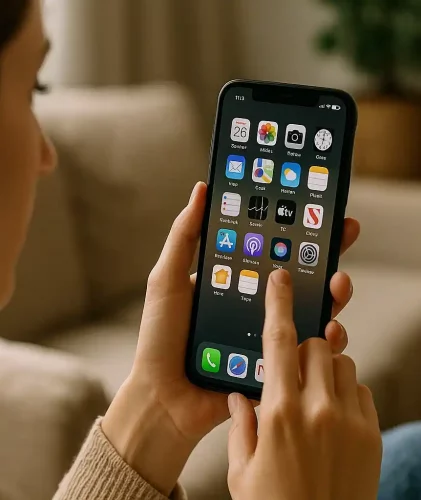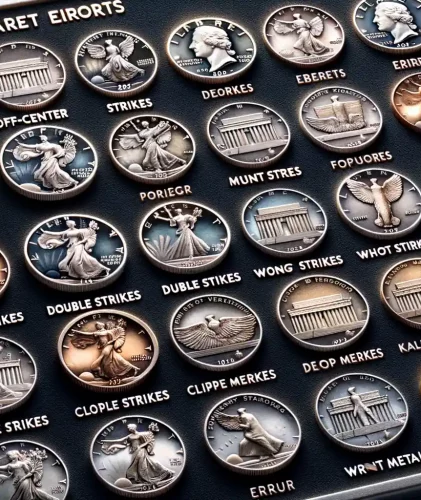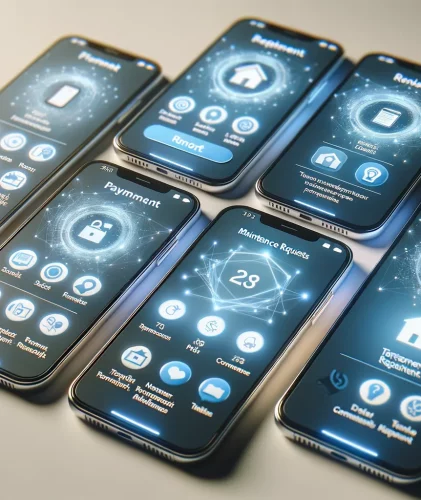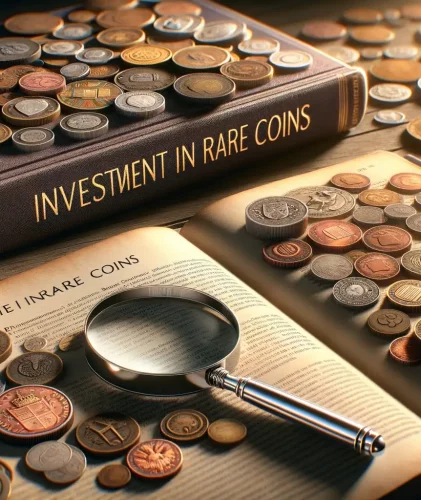How Coin’s Grade Affects Its Price: Simple Explanation for Collectors
Understanding the relationship between a coin’s grade and its market value is one of the foundational skills every collector must develop. Whether you’re holding a centuries-old silver dollar or a modern commemorative coin, the condition—or grade—of your piece can mean the difference between a modest keepsake and a significant financial asset. In this guide, we’ll break down why coin grading matters, how it’s performed, and how it influences pricing decisions. Let’s dive in.
What Is Coin Grading?
Coin grading is much more than simply saying, “This coin looks nice.” It’s a detailed, systematic process designed to objectively assess a coin’s state of preservation. Professional graders use standardized criteria to evaluate elements like luster, wear, strike quality, and overall eye appeal.
The Sheldon Scale: The Industry Standard
The most widely recognized grading system is the Sheldon Scale, developed by Dr. William Sheldon in 1949. This scale rates coins on a numeric spectrum from 1 to 70:
- 1 (Poor): Barely identifiable; heavily worn.
- 25 (Very Fine): Moderate wear but clear details.
- 60–70 (Mint State): No signs of circulation; pristine or near-pristine quality.
Professional Grading Services, like PCGS (Professional Coin Grading Service) and NGC (Numismatic Guaranty Company), have refined the application of the Sheldon Scale, providing certificates and encapsulation (commonly called “slabbing”) that assure collectors of a coin’s grade and authenticity.
Quick Fact: A single point difference at the top of the scale (for example, MS-64 vs. MS-65) can represent a significant difference in value, sometimes thousands of dollars!
How to Start Grading and Identifying Coins
If you’re serious about building a valuable collection, learning the basics of coin grading is crucial. Even if you eventually rely on professional services, having an eye for quality will help you make smarter decisions during purchases, sales, and trades.
Steps to Begin Understanding Coin Grading:
- Study Visual Grading Guides
Top grading services like PCGS and NGC provide free, detailed grading guides on their websites. These guides offer side-by-side images of coins at various grades, showing you what subtle differences to look for. - Practice Hands-On Evaluation
Start by examining common coins in your own collection. Compare them to graded examples online. Focus on spotting key indicators like wear on high points, luster breaks, and surface marks. - Use Grading Tools
Equip yourself with a magnifying loupe (at least 5x–10x magnification) and a good light source. These tools help detect tiny flaws invisible to the naked eye. - Join Numismatic Communities
Forums, online groups, and local coin clubs offer opportunities to discuss, compare, and even trade coins. Learning from experienced collectors accelerates your skills exponentially. - Attend Coin Shows
In-person events allow you to see thousands of coins graded by professionals, offering a practical, visual education unmatched by photos alone.
Leverage Technology: Coin ID Scanner App
While traditional learning remains critical, modern technology offers collectors new shortcuts and advantages. One standout tool is the Coin ID Scanner app.
What Coin ID Scanner Offers:
- Instant Coin Identification
Simply take a photo of your coin, and the app uses advanced image recognition to identify type, year, and sometimes even mint mark. - Estimated Grading
The app suggests a potential grade range based on visible characteristics, giving you a starting point for deeper evaluation. - Market Value Estimates
Get real-time pricing information based on recent sales data, helping you understand the potential value of your coin. - Collection Management
Easily catalog your finds, track value changes, and organize your growing collection with intuitive digital tools.
Collector’s Tip:
Use the Coin ID Scanner app as an initial step before sending coins to professional grading services. It saves time, cuts guesswork, and can help you decide which coins are worth a formal evaluation.
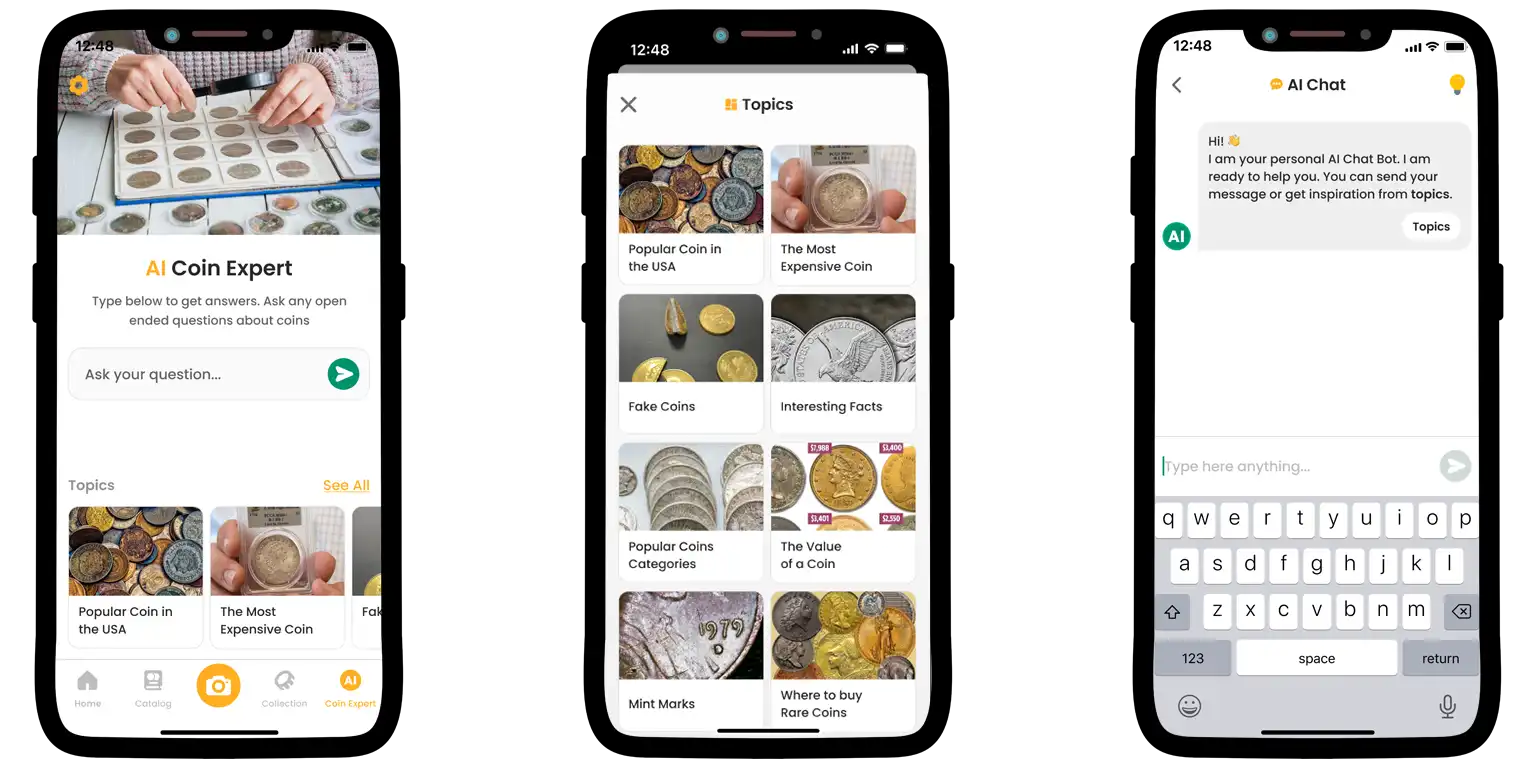
What Does a Coin Grade Represent?
Grading isn’t just about aesthetic appeal. A coin’s assigned grade reflects multiple critical factors, each impacting its market desirability and price potential.
Key Elements of a Coin’s Grade:
- Authenticity: Verification that the coin is not counterfeit.
- Problems and Imperfections: Detection of any surface cleaning, scratches, repairs, or other alterations.
- Fineness of Preservation: Assessment of how closely the coin resembles its original minted state.
Table: What a Coin’s Grade Tells You
| Attribute | Meaning | Impact on Value |
| Authenticity | Confirmed as genuine | Essential for any valuation |
| Surface Problems | Cleaning, scratches, dents | Can decrease value sharply |
| Eye Appeal | Overall visual attractiveness | Increases collector interest |
| Wear and Tear | Degree of surface wear | Directly affects grade and price |
A high-grade coin exhibits little to no signs of wear, maintaining sharp details and attractive luster. Meanwhile, coins with heavy wear or visible issues lose significant appeal to serious collectors.
How Does Grade Affect Price?
The grade acts like a shorthand for buyers and sellers, communicating vital information instantly. In a marketplace where condition can cause massive price swings, grading provides:
- Trust in the authenticity and condition of the coin.
- Standardization that allows for fair pricing comparisons.
- Confidence for investment decisions, minimizing risks tied to counterfeit or misrepresented items.
In other words, grade equals credibility, and credibility equals value.
Higher Grade = Higher Value
In general, the better preserved a coin is, the more it will command in the marketplace. This isn’t just a matter of aesthetics—higher-grade coins are rarer. Over time, most coins experience wear, damage, or environmental exposure. Finding examples that have survived decades or centuries without significant flaws is uncommon—and scarcity drives demand.
Consider this:
- A common date Morgan silver dollar in circulated condition might sell for $30–$50.
- The same coin graded MS-65 (Mint State 65) could easily command $200–$400, depending on eye appeal and luster.
The dramatic price difference isn’t merely collector preference; it’s economics. Fewer high-grade coins exist, so competition among buyers pushes the prices upward.
Rarity and Grade: The Value Multiplier
A coin’s rarity and its grade interact in powerful ways. Here’s how:
| Factor | Impact on Price |
| High Grade + High Rarity | Maximum value; rare and pristine coins spark bidding wars. |
| Low Grade + High Rarity | Still valuable, but less so than pristine examples. |
| High Grade + Common Coin | Can still fetch a premium due to condition rarity. |
| Low Grade + Common Coin | Minimal value; typically only worth face or melt value. |
Let’s break this down further:
- Rare coins in top grades are the true crown jewels of any collection. These pieces often appear at prestigious auctions and set record-breaking prices.
- Common coins in extraordinary condition (such as coins struck for mass circulation but preserved flawlessly) can also surprise collectors with high values, as near-perfect examples are much scarcer than their total mintage numbers suggest.
Example:
A 1943 steel penny—a common wartime issue—is worth just a few cents if heavily worn. But a high-grade MS-68 example could sell for over $2,000!
Authenticity, Problems, and Premiums
Grading also examines a coin’s authenticity and potential problems. These two factors can seriously influence price:
- Authenticity Issues:
Even a beautifully preserved counterfeit is worthless in the numismatic market. Professional grading ensures that a coin is real, protecting buyers from fraud. - Surface Problems:
Coins that have been improperly cleaned, artificially toned, or damaged (scratches, gouges, repairs) lose collector appeal. Even a rare coin’s price can drop by 30–70% if significant problems are noted. - Problem-Free Coins:
Coins with no cleaning, no scratches, and excellent surfaces (often labeled “problem-free”) command significant premiums over similar-looking but flawed examples.
Grading and Market Confidence
Third-party grading services like PCGS and NGC offer more than just an opinion—they offer market confidence. Collectors and investors trust coins in authenticated holders because:
- They know exactly what they are getting.
- They reduce the risk of costly mistakes.
- They simplify future selling or trading.
Certified coins often sell faster and at better prices than raw (ungraded) ones. For investors building serious collections, professional grading is essential to ensure liquidity and protect asset value.
Expert Insight: In major auctions, the overwhelming majority of coins are certified by trusted grading companies. Sellers understand that graded coins attract a broader audience and higher bids.
Grading is the heartbeat of coin collecting. A coin’s grade not only defines its beauty and preservation but also its value, marketability, and investment potential. By understanding grading fundamentals—and by leveraging smart tools like the Coin ID Scanner app—you can make more confident decisions, avoid costly mistakes, and enjoy the art and science of numismatics to its fullest.
For anyone serious about collecting, studying professional standards, investing in education, and embracing helpful technology are non-negotiable steps toward success. Whether you’re just starting your journey or refining a well-established collection, knowledge is the most valuable coin you can possess.
Stay curious, stay observant, and keep sharpening your eye—your future treasures depend on it.



